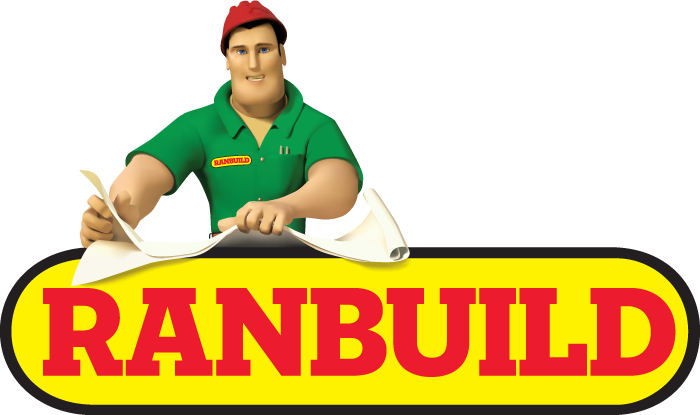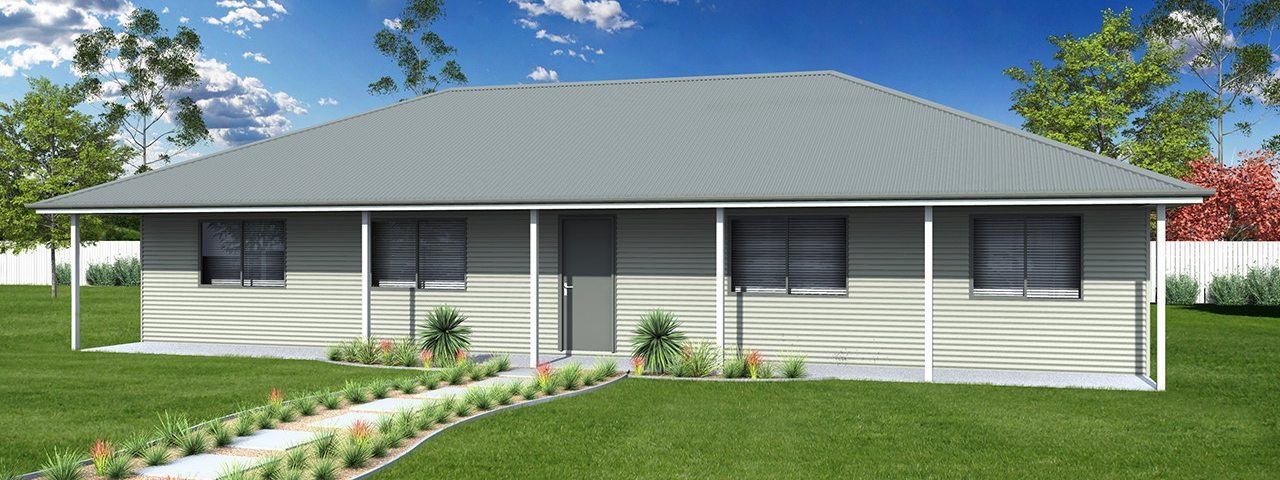Before you start
Double-check that all your paperwork is in order. Even if you believe you are exempt from seeking planning or building approval, get in touch with your local council to make sure you are meeting all their guidelines. Costs vary depending on your local area so always best to check first.
If you are an owner-builder, make sure that you have met all your legal obligations before you begin work. A small amount of inconvenience now can save a lot later.
Laying the foundations
Our range of Shacks come with plans for either a concrete slab or elevated sub floor (floors built on piers and beams or joists), depending on your preference and building site. Unless your yard is perfectly flat, you’ll need to cut and fill to provide a level surface for the slab or sub floor. A Dingo digger or bobcat will make short work of clearing, levelling and digging the build site. Read all the safety instructions and pay attention to the training before you start – accidents with diggers are at best expensive.
Digging tips
- For a small job, some companies do half-day hires. If there are other excavations happening in your local area, it’s worth asking if they will quote on a price to fit your small job in, which can be both reasonably cheap and time-saving.
- For a large job, or if you’re unfamiliar with the equipment, consider hiring an excavator to do the work. Although they’re not cheap, they’ll be faster than you, and you won’t need to worry about damage to the equipment, your property, or yourself.
- If you don’t have a use for all the excavated material, advertise it locally on community noticeboards or websites. Usually someone will have a need for free fill, which can save you removal costs.
Work with the footing plan supplied with your Shack and make sure that your concretors, brickies and hired help have copies of it beforehand, too.
Keep your slab continuously moist while it cures – the longer you can do this for, the stronger it will be. Wetting it down with the hose will do. If you can do this for at least a week, it will be about 30% stronger than a fast-curing slab, and minimize cracking. Obviously elevated sub floors may need brick and timber work so employing a professional brick layer may save time and avoid costly mistakes


